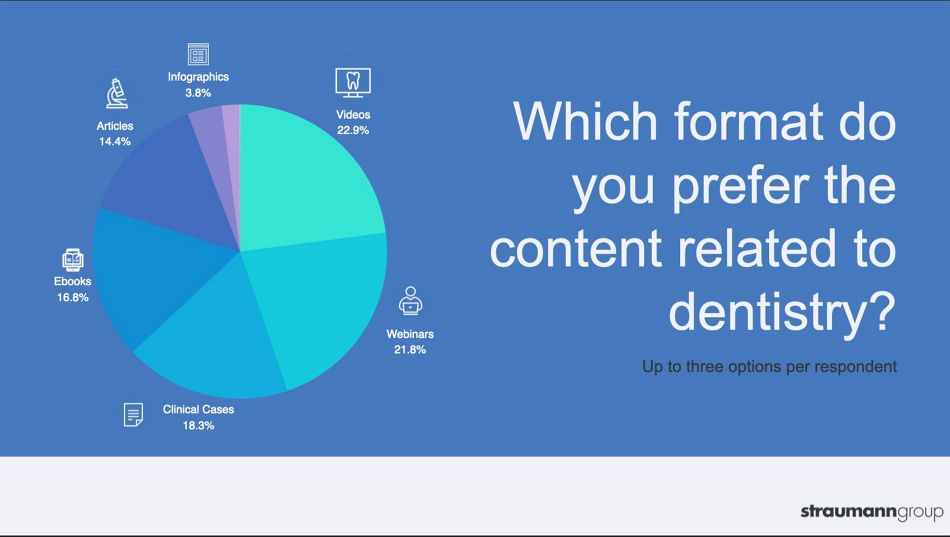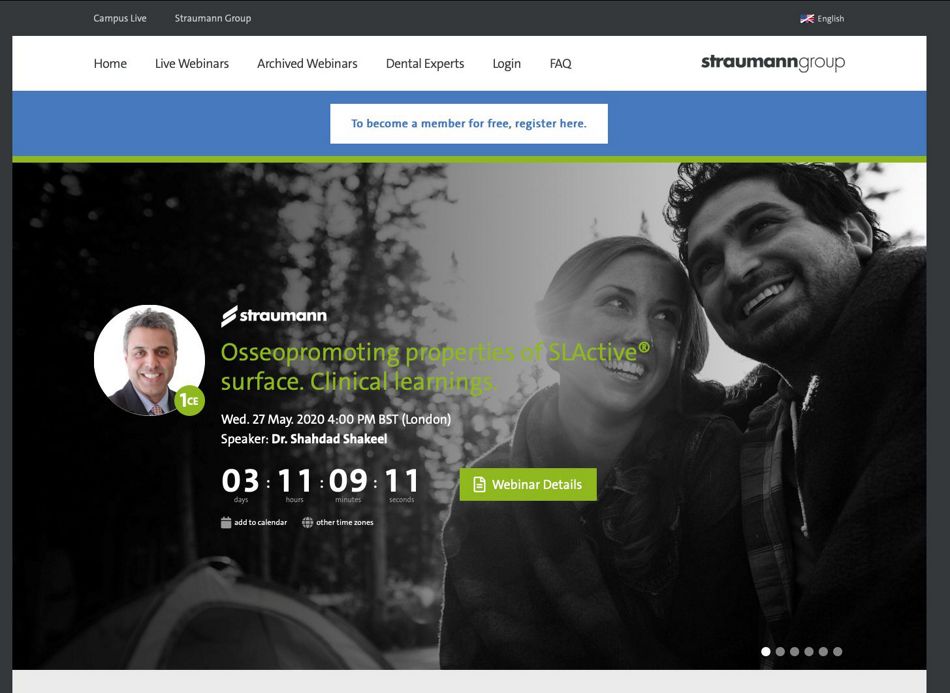For the younger generations that are reading this article and have never heard of an “Etch A Sketch®”before, it was a simple toy: two knobs move a stylus that displaces aluminum powder on the back of the screen, leaving a solid line.

The key element of this toy is aluminum powder. You simply flip the board and shake it, redistributing the powder over the screen, so you can start over again with a new design, or you can just move the knobs and get frustrated with the result, which was my case. No Youtube tutorials were available at the time, so I had to stick to my inefficient skills.
Like the aluminum powder, COVID-19 has presented an opportunity to revise our lives. COVID-19 turned our lives around like a child using an “Etch A Sketch®” redistributing powder.
You could feel that “the powder was being redistributed” by checking social media, news and talking with friends and work colleagues.
Currently, you can perceive that priorities and values are shifting but the essentials prevail and with this, I am referring to research from Professor Adam Alter on the regrets of the dying. One of the biggest regrets was, not living the life he or she wanted but rather the life that others chose for them.
In summer 2004, just after I had finished my dental degree, I met a girl. We started dating, but after that summer she went back to Barcelona, and I stayed in Galicia where I was studying my postgraduation on implant dentistry.
We tried to keep the relationship, but she finally ended up leaving me for someone else.
The following year, we met again during summer, and we started dating again. Everything was looking very similar to the previous year, but after summer vacations I decided to “flip the board” and leave everything behind just to be with her.
One week later, I was in Barcelona knocking at her door, with two Samsonites in my hands and 200 € in my pocket.
Well, I am not going to get into details, but after two years we got married, and now we have five children: Nuno, Luis, Nicolás, Olivia and Duarte.
On the professional side, flipping the board gave me the opportunity to work as an intern in a public hospital helping my former boss with oncology patients and assisting with 12-hour-long surgeries trying to save lives. I learned the hard way to value life even more and started investing less in stuff and more in relationships.
Also, after 14 years of hard work, I was rewarded with the opportunity to work for the company I had wished to work with since I started studying implant dentistry: Straumann Group.
That has given me the opportunity to deliver my piece of content to YouTooth and I hope it is not the last time.
But let’s get back to the current situation.
COVID-19 is leading us to leave some habits and to create new ones. The creation of new habits will have an impact on our identity and make us rethink what our future self should look like.
This relationship between habits and identity is explained in James Clear’s book “Atomic Habits”; if you have not read it yet, just go for it.

During the lockdown I have been trying to have an overview of how this crisis will impact the dental community in the short, medium, and long term.
The best way to do that was by conducting a survey and trying to get some insights from dentists all around the globe.

The new Periospot is still under construction
For that, I used Periospot, an online platform I created while I was doing my MBA. Today it has almost 15,000 subscribers. It’s my favorite weekend hobby, or –as my wife calls it – “your sixth child.”
I sent the survey, and I got some results that give an overview of what dentists expect in the coming months and years.
More than 60 countries were represented in this survey, and here you can see the top five countries that responded to the survey.

At the time that the survey was done more than half of the clinics were closed and only seeing emergency cases, and just 1% were open with business as usual.

The more concerning answers came when they were asked when they were expecting to get back to work, or, in other trending new words, when they expected to get back “to the new normality.”
It seems that this “new normality” will be like the previous normality but with fewer patients.
To overcome this difficult situation, at Straumann we are working hard to create a bounce-back plan to help dentists getting back to the pre-COVID-19 status as soon as possible. Our Bounce-Back Plan.
33% of the dentists were expecting to get back to work in the time between one and two months, but if we add the dentists that were expecting to go back to the dental office in more than two months the number goes up to more than 50%.

This number is quite insightful and concerning. Because it means that we will have a quarter with almost half of the dentists on hold, probably under a strict lockdown like in Spain and Italy, without having any revenue stream and paying taxes without working – at least in some countries.
When asked what kind of content they would prefer to digest during the lockdown, videos and webinars were the preferred formats.

On this aspect, Straumann Campus Live did a great job organising daily webinars on different topics with world-class speakers.

This was a huge opportunity for the dental community to improve their knowledge and skills in any field and trigger new habits and new behaviours once dentists got back to their normal routine.
For some of the dentists that participated in these initiatives this was like “flipping the board”, a chance to explore new opportunities during the bounce-back period.
It is not a mystery that video is taking over other content formats, and this trend will certainly not abate.
If we go back to another crisis, during 2008-2009, we could also spot a shift in dentist behaviours to overcome that crisis. Some dentists also diversified their incoming stream by becoming tutors, teachers, or speakers.
During that period, a set of factors formed a “perfect storm” that prompted this shift:
- the adoption of social media by dentists.
- the Internet became a commodity.
- a “nobody” could become famous almost overnight just by creating and nurturing his/her tribe on social media without having a dime (please, read Seth Godin’s book Tribes or watch his TED talk).
- patient communication skills became mandatory rather than just an option or atrezzo. Digital Smile Design is a good example of how communication between the clinician and the patient made the difference at the time (it remains an essential tool for patient engagement).
- general dental practitioners specialized in different fields like implant dentistry, esthetic dentistry, endodontics, and orthodontics.
The positive
Although the situation is critical almost 50% of the respondents see the glass as half-full which means that almost 50% of dentist profiles are:
- more optimistic
- more patient
- more assertive
- more right-brained
- more competitive
- more extroverted
- more practical
- more playful
- more adaptable.

Having said that, the dentists who see the glass as half-empty are:
- more pessimistic
- more left-brained
- more laid-back
- more introverted
- more sentimental
- more serious
- more rebellious.
It depends on different factors, and those who feel pessimistic can be related to environmental, cultural and social factors rather than to mindset factors.

A proof that dentists are resilient is their willingness to learn other skills and topics that are not directly related to dentistry. 85% of the respondents stated that they were interested in receiving information about other topics like finances, productivity, marketing, and lifehacks.

In the survey we also included an open field and we received countless insights from dentists all over the world. The following statement is a good example of why we should remain optimistic. Because it shows the way of thinking of a person who is ready to change something and who is determined to prevail no matter what will happen:
“It’s time to get organized; to learn, debate and teach; to look at the possible solutions and methods in order to address the changes that will occur at job level after fear, economic situation and interests as a result of the virus.”
Conclusion
Time, health, and family are our biggest assets – not money or recognition.
This is an opportunity to spend less money on stuff and more time on learning and shaping our identity and to prepare ourselves for the next probably-not-COVID-19-crisis.
It is time to reallocate time to our children, our parents, our friends, and our work colleagues.
If we take care of our relationships all the rest will follow, and after COVID-19 we will have a great opportunity to live a better life by assessing what we have left behind.
It is time to grow. It is time to stay together – keeping social distance, of course – and be stronger.
What habits are you willing to adopt to reshape your identity?
Stay safe!
Cisco